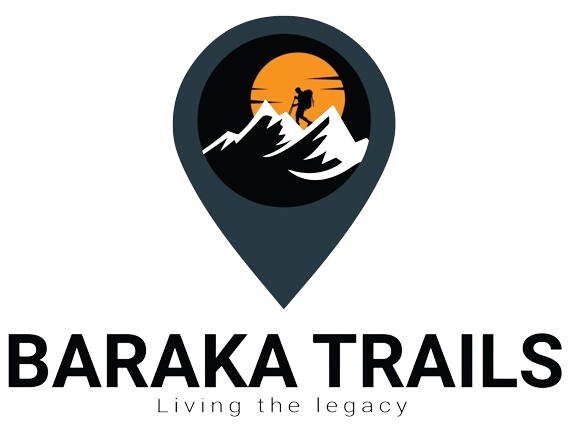Acclimatization Guidelines on Kilimanjaro
Acclimatization Guidelines on Kilimanjaro
Acclimatization is crucial for a successful ascent of Kilimanjaro, as it helps your body adjust to the decreasing oxygen levels at higher altitudes, reducing the risk of altitude sickness. Here are some general guidelines for acclimatization on Kilimanjaro:
Pole Pole (Slowly, Slowly): This Swahili phrase is often repeated by guides on Kilimanjaro. Ascend slowly and steadily to allow your body time to acclimatize to the altitude. Rapid ascent increases the risk of altitude sickness.
Choose the Right Route: Kilimanjaro offers several routes, each with its own ascent profile and acclimatization schedule. Routes like the Northern Circuit and Lemosho routes are longer, allowing for better acclimatization due to gradual ascent profiles.
Acclimatization Days: Many Kilimanjaro routes include acclimatization days where you hike to a higher altitude during the day and then descend to sleep at a lower altitude. These days help your body adjust to the altitude.
Stay Hydrated: Drink plenty of water to stay hydrated, which can help alleviate symptoms of altitude sickness. Aim to drink 3-4 liters of water per day, and consider adding electrolyte supplements to your water to replace lost minerals.
Eat Well: Maintain a balanced diet rich in carbohydrates, proteins, and fats to provide your body with the energy it needs for hiking and acclimatization.
Medication: Some climbers use medications like acetazolamide (Diamox) to prevent altitude sickness. Consult with your doctor before taking any medication, and be aware of potential side effects.
Listen to Your Body: Pay attention to how you’re feeling and communicate any symptoms of altitude sickness to your guide. Common symptoms include headache, nausea, dizziness, and fatigue.
Stay Warm: Cold temperatures can exacerbate altitude sickness, so dress in layers to stay warm and protect yourself from the elements.
Proper Rest: Get adequate rest each night to allow your body to recover from the day’s exertion and facilitate acclimatization.
Descend if Necessary: If you experience severe symptoms of altitude sickness, descend to a lower altitude immediately. Your safety is the top priority.
Remember that everyone’s body responds differently to altitude, so it’s essential to be aware of your own limits and adjust your ascent accordingly. Follow the guidance of your guide, who is trained to recognize and manage altitude-related issues.
So, if you can’t pre-acclimatize, don’t worry.
Our itineraries, especially those that are 7 days or more, are designed so that an average person can successfully and safely make it to the top without any prior high altitude exposure.
